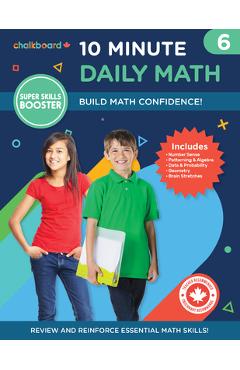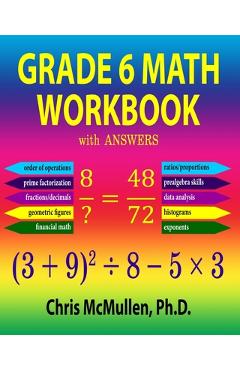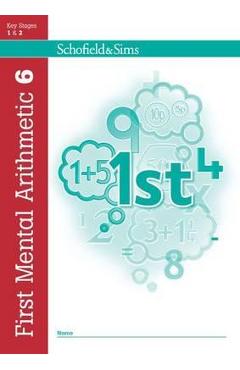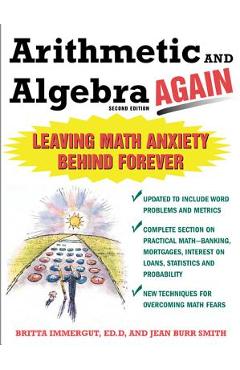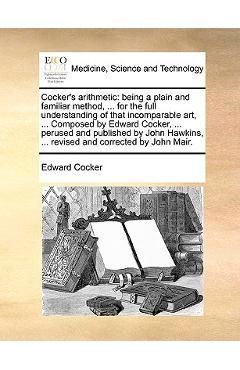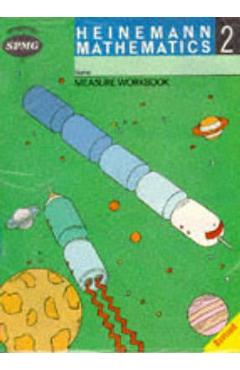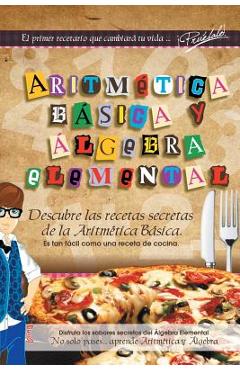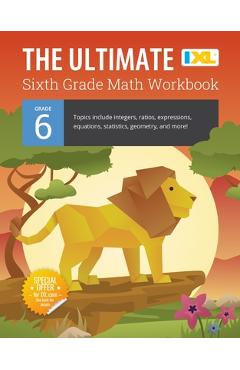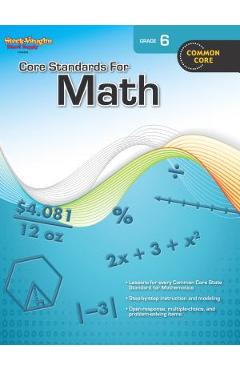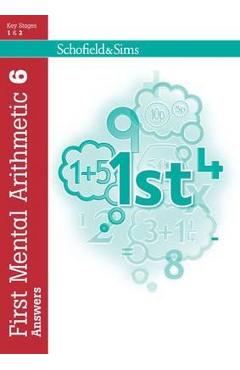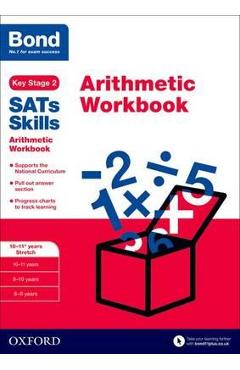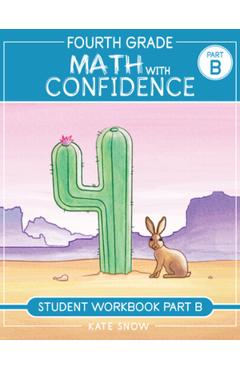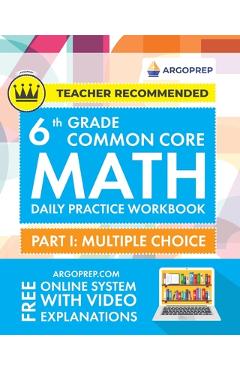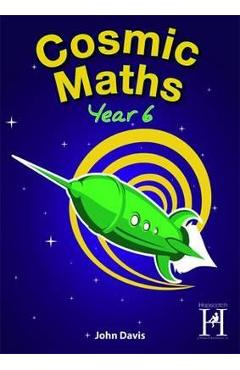Math Mammoth Grade 6-A Worktext, Canadian Version
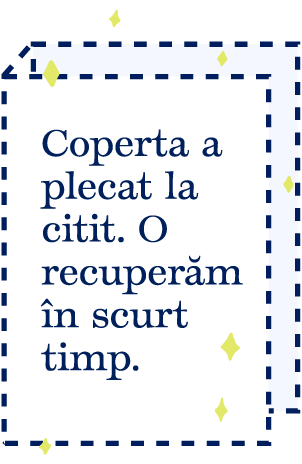
Math Mammoth Grade 6-A Worktext, Canadian Version
The year starts out with a review of the four operations with whole numbers (including long division), place value, and rounding. Students are also introduced to exponents and do some problem solving.
Chapter 2 starts the study of algebra topics, delving first into expressions and equations. Students practice writing expressions in many different ways, and use properties of operations and the idea of maintaining the equality of both sides of an equation to solve simple one-step equations. We also study briefly inequalities and using two variables.
Chapter 3 has to do with decimals. This is a long chapter, as we review all of decimal arithmetic, just using more decimal digits than in 5th grade. Students also convert measuring units in this chapter.
Ratios is a new topic (chapter 4). Students are already familiar with finding fractional parts from earlier grades, and now it is time to advance that knowledge into the study of ratios, which arise naturally from dividing a quantity into many equal parts. We study such topics as rates, unit rates, equivalent ratios, and problem solving using bar models.
Percent (chapter 5) is an important topic to understand thoroughly, because of its many applications in real life. The goal of this chapter is to develop a basic understanding of percent, to see percentages as decimals, and to learn to calculate discounts.
This curriculum is essentially the same as the U.S. version of Math Mammoth, only customized for the Canadian audience in these aspects:
The curriculum uses the metric measurement units. Since Canadians do use imperial units, such as inches and pounds, in some contexts, the curriculum does mention them, but not often. The spelling conforms mostly to American English, taking into account a few key differences where Canadian English follows British English. Numbers are formatted with a space as a thousands separator, and a point as a decimal separator. Page (paper) size is Letter.
The US version of the curriculum is aligned to the Common Core S
PRP: 173.29 Lei
Acesta este Pretul Recomandat de Producator. Pretul de vanzare al produsului este afisat mai jos.
155.96Lei
155.96Lei
173.29 LeiIndisponibil
Descrierea produsului
The year starts out with a review of the four operations with whole numbers (including long division), place value, and rounding. Students are also introduced to exponents and do some problem solving.
Chapter 2 starts the study of algebra topics, delving first into expressions and equations. Students practice writing expressions in many different ways, and use properties of operations and the idea of maintaining the equality of both sides of an equation to solve simple one-step equations. We also study briefly inequalities and using two variables.
Chapter 3 has to do with decimals. This is a long chapter, as we review all of decimal arithmetic, just using more decimal digits than in 5th grade. Students also convert measuring units in this chapter.
Ratios is a new topic (chapter 4). Students are already familiar with finding fractional parts from earlier grades, and now it is time to advance that knowledge into the study of ratios, which arise naturally from dividing a quantity into many equal parts. We study such topics as rates, unit rates, equivalent ratios, and problem solving using bar models.
Percent (chapter 5) is an important topic to understand thoroughly, because of its many applications in real life. The goal of this chapter is to develop a basic understanding of percent, to see percentages as decimals, and to learn to calculate discounts.
This curriculum is essentially the same as the U.S. version of Math Mammoth, only customized for the Canadian audience in these aspects:
The curriculum uses the metric measurement units. Since Canadians do use imperial units, such as inches and pounds, in some contexts, the curriculum does mention them, but not often. The spelling conforms mostly to American English, taking into account a few key differences where Canadian English follows British English. Numbers are formatted with a space as a thousands separator, and a point as a decimal separator. Page (paper) size is Letter.
The US version of the curriculum is aligned to the Common Core S
Detaliile produsului









